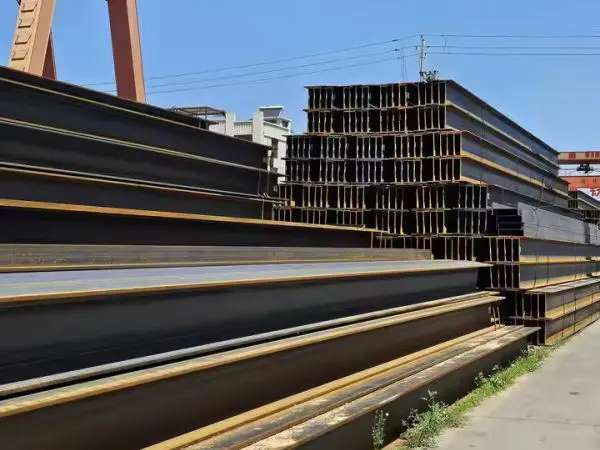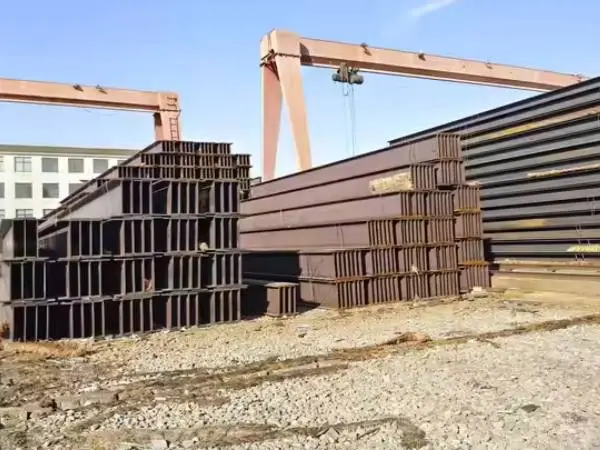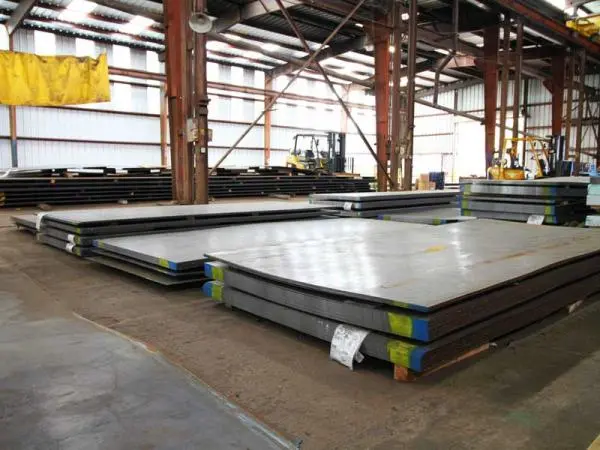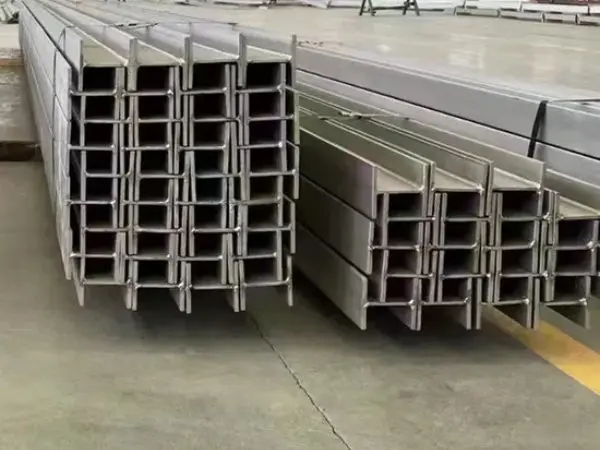- Phone0086 731 8564 8255
- E-mailsales@cscsteel-manufacturing.com
-

Seamless steel pipes are crafted by transforming steel ingots or solid tubes into rough tubes, followed by processes like hot rolling, cold rolling, or cold drawing. Renowned for their quality, these pipes are extensively utilized for transporting various fluids, including oil, natural gas, coal gas, and water, along with certain solid materials.
Proper Environment:
Small and medium steel products, wire rods, and medium-diameter pipes should be stored in ventilated sheds, covered with protective mats to prevent moisture accumulation.
Indoor Storage for Sensitive Items:
Delicate items such as thin steel plates, steel strips, and small-diameter pipes should be kept indoors to prevent corrosion and damage.
Avoiding Corrosive Materials:
Steel should never be stored alongside corrosive substances like acids, alkalis, salts, or cement. Different steel types should be segregated to avoid contamination.
Outdoor Storage for Large Items:
Large steel sections, rails, and substantial pipes can be stored outdoors, provided they are adequately protected from the elements.
Maintaining Ventilation:
Ensure the warehouse is well-ventilated on sunny days and sealed during rainy weather to create a stable storage environment.
Selection of Storage Facilities:
Choose storage facilities based on local conditions, typically using enclosed warehouses with roofs, secure doors, and adequate ventilation systems.
Clean and Dry Storage Areas:
The storage site should be kept clean and well-drained, away from sources of dust and gas emissions. Regularly clear weeds and debris to maintain cleanliness.




